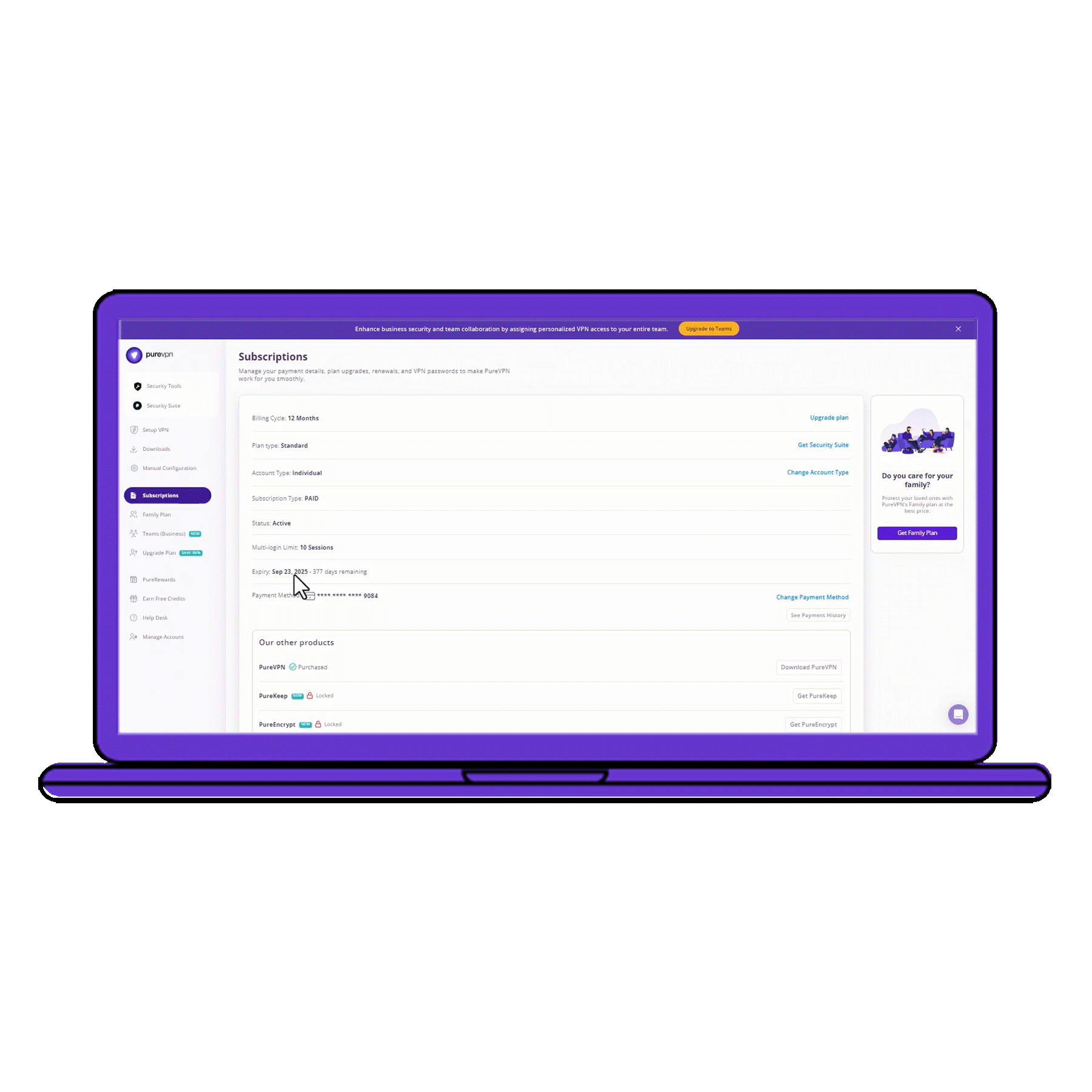What is Port Forwarding?
Port forwarding, also known as port mapping, lets devices outside your network connect to specific services on your local network. It works by directing traffic from a particular port on your router to a specific device inside your network, making it useful for things like accessing security cameras remotely, hosting multiplayer game servers, and more.
Do You Need to Port Forward Call of Duty: Warzone?
When you port forward Call of Duty: Warzone, it enhances connection stability, reduces lag, and lowers ping by ensuring a direct path between your device and the game servers. It helps avoid NAT type restrictions, making joining lobbies and playing with friends on your own servers easier.
Information Required for Call of Duty: Warzone Port Forwarding
To set up port forwarding for COD: Warzone, you will need to know the following details:
1. The IP address of your router.
2. The IP address of your console or PC.
3. The UDP and TCP ports COD: Warzone uses.
How to Set Up Call of Duty: Warzone Port Forwarding
Here is a step-by-step guide to port forward Call of Duty: Warzone:
Step #1: Configure Port Forwarding on Router
1. Open a web browser and enter your router’s IP address to access its settings.
2. Look for the port forwarding section (this may be under Advanced Settings or NAT Forwarding).
3. Find your PC or console’s IP address and enter it in the appropriate field.
4. Input the required TCP and UDP ports for Warzone.
5. Save the changes and restart your router.
Step #2: Make Firewall Exception (for PC)
1. Open your computer’s firewall settings.
2. Add exceptions for the same TCP and UDP ports you forwarded on your router.
3. Allow Warzone’s executable file through the firewall.
Step #3: Test if the Ports are Open
1. Use an online port checking tool such as portchecker.co to confirm that your ports are open.
2. Launch Call of Duty: Warzone and play an online match to see if the connection has improved.
Ports Needed to Run Call of Duty: Warzone
Ports to Forward on PC
Ports to Forward on PlayStation 4 and 5
Ports to Forward on Xbox One and Series X
PureVPN’s Port Forwarding Add-On
Easy & Secured Way to Open All Ports
Setting up port forwarding for Call of Duty: Warzone does not have to be complicated. With our Port Forwarding add-on, you can skip the tricky router settings and firewall tweaks.
Open the required ports with ease to get a more stable connection, reduce lag, and enjoy smoother gameplay. No more random disconnects—just uninterrupted action on the battlefield!
How to Port Forward Call of Duty: Warzone with PureVPN
1. Sign up for PureVPN, add Port Forwarding to your plan, and complete the payment.
2. Download and install the PureVPN app, launch it, and log into your account.
3. Go to the PureVPN Member Area, open Subscriptions, and click Configure next to Port Forwarding.
4. Select Enable specific ports, enter the required ports for COD: Warzone, and click Apply Settings.
5. Open PureVPN, connect to a port forwarding-supported server, and start playing COD: Warzone with improved connectivity!

Benefits of Using the Port Forwarding Add-On
PureVPN’s Port Forwarding add-on can help you in dozens of ways. Here are some top ways you can make the most of the add-on:
- Open ports on any device without messing with router settings.
- Get around CGNAT restrictions for a more stable connection.
- Enjoy faster speeds while downloading and gaming.
- Forward ports with VPN protection active.
Frequently Asked Questions
What ports to forward for COD: Warzone?
You will need to open TCP port 3074 and UDP ports 3074-3079, 3478-3480 for Call of Duty: Warzone, depending on your platform. With PureVPN’s Port Forwarding add-on, you can forward these ports without hassle.
Does port forwarding help Call of Duty: Warzone?
Yes, port forwarding can stabilize your connection, reduce lag, and allow smoother matchmaking, making it a great way to improve your overall COD: Warzone experience.
Why is Call of Duty: Warzone port forwarding not working?
If port forwarding is not working for COD: Warzone, it could be due to a dynamic IP address, incorrect port numbers, or firewall restrictions.

